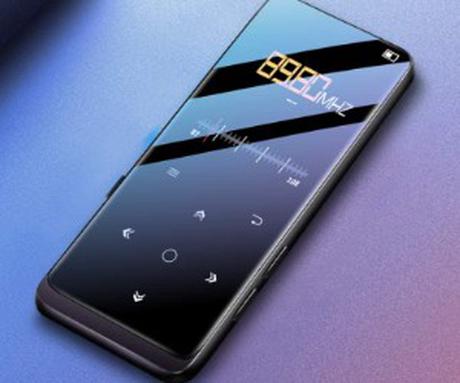

To save costs and quickly build inventories of audiobooks, Britain and the United States shared recordings in their catalogs. Delafield, Cora Jarrett, Rudyard Kipling, John Masefield, and P. The first recordings made for the Talking Books Program in 1934 included sections of the Bible the Declaration of Independence and other patriotic documents plays and sonnets by Shakespeare and fiction by Gladys Hasty Carroll, E. The organization received congressional approval for exemption from copyright and free postal distribution of talking books. The first test recordings in 1932 included a chapter from Helen Keller's Midstream and Edgar Allan Poe's " The Raven". In 1931, the American Foundation for the Blind (AFB) and Library of Congress Books for the Adult Blind Project established the "Talking Books Program" ( Books for the Blind), which was intended to provide reading material for veterans injured during World War I and other visually impaired adults. "One early listener complained that he would need a wheelbarrow to carry around talking books recorded on discs with such limited storage capacity." By the 1930s close-grooved records increased to 20 minutes making possible longer narrative. Many short, spoken word recordings were sold on cylinder in the late 1800s and early 1900s, however the round cylinders were limited to about 4 minutes each making books impractical flat platters increased to 12 minutes but this too was impractical for longer works.

In 1878, a demonstration at the Royal Institution in Britain included " Hey Diddle Diddle, the Cat and the Fiddle" and a line of Tennyson's poetry thus establishing from the very beginning of the technology its association with spoken literature. "Phonographic books" were one of the original applications envisioned by Edison which would "speak to blind people without effort on their part." The initial words spoken into the phonograph were Edison's recital of " Mary Had a Little Lamb", the first instance of recorded verse.

Spoken word recordings first became possible with the invention of the phonograph by Thomas Edison in 1877. Novels however would remain impractical for phonographs until the 1930s. Less than a year after the invention of the phonograph, this drawing offered a future vision. Caption reads: "The phonograph at home reading out a novel." From Daily Graphic (New York), 2 April 1878.


 0 kommentar(er)
0 kommentar(er)
